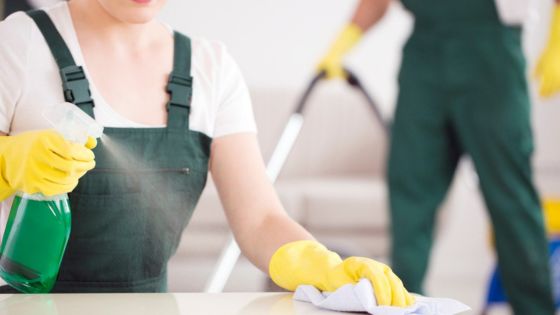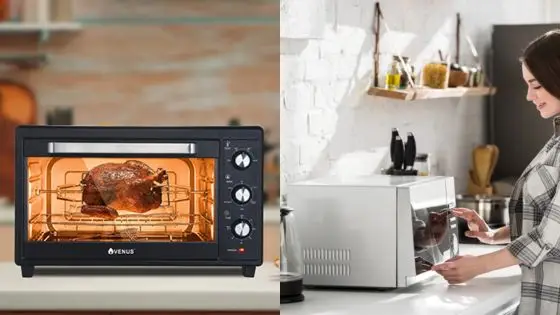
A fireplace can serve as the centerpiece of a cozy home, offering warmth, ambiance, and even a sense of tradition. But like any home system, it depends on regular upkeep to function safely and efficiently. While homeowners might remember to clean the hearth or inspect firewood quality, being careful to purchase firewood from Buy Firewood Direct or other trustworthy sellers, many overlook one critical aspect: chimney maintenance.
Ignoring routine chimney care can cause more than inconvenience. Structural wear, blockages, and moisture infiltration slowly undermine the system’s integrity, reducing its lifespan and endangering the home’s safety. A well-maintained chimney supports optimal airflow and prevents costly complications, making maintenance a smart and necessary investment.
The Role of Chimneys in Fireplace Health
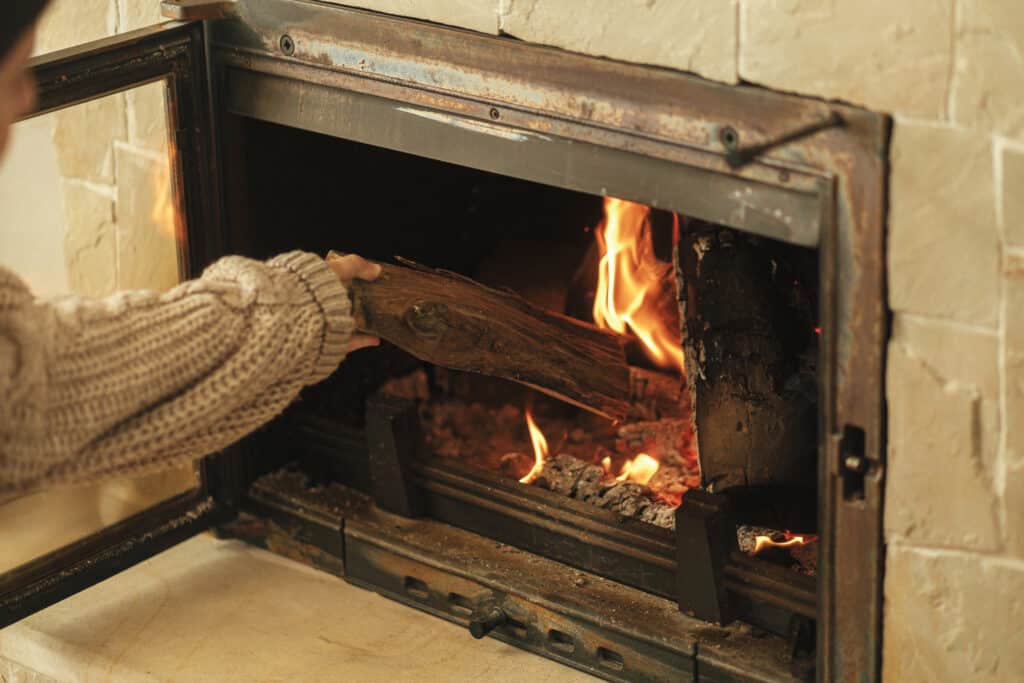
At the heart of every effective fireplace is a chimney that guides smoke and combustion gases safely outside. When operating correctly, the chimney creates a steady draft that pulls air into the fire and channels smoke away. This airflow maintains a cleaner burn and minimizes indoor air contamination.
Chimneys also regulate internal temperature by dispersing heat and moisture. With time, debris and soot accumulate inside, narrowing the passage and making it harder for smoke to exit. This affects both the fire’s performance and allows harmful gases like carbon monoxide to linger indoors. Cracks or damaged liners reduce efficiency and expose flammable areas, which can lead to dangerous outcomes.
Routine inspections and cleanings help preserve this vital function and extend the usable life of both the fireplace and chimney structure.
The Hidden Dangers of Creosote Buildup
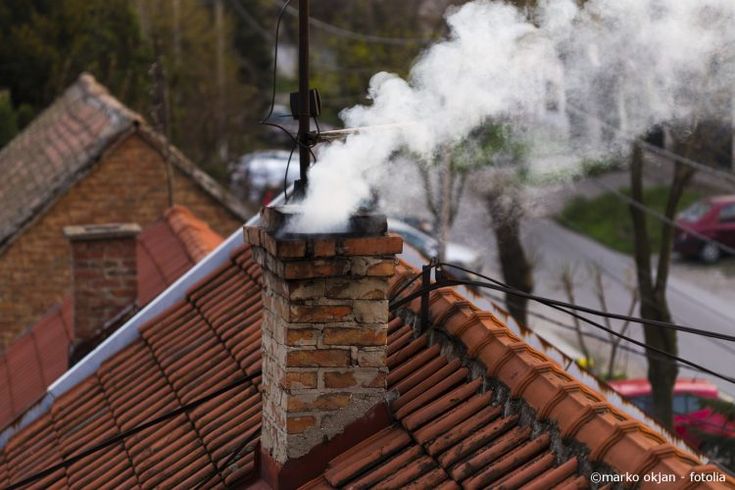
When wood burns, it releases gases and particles that cool and condense on the inner walls of the chimney. These byproducts form creosote, a black, tar-like substance that clings to flue linings and hardens with repeated use. Creosote is highly flammable, and even a thin layer can ignite under the right conditions.
If not removed, creosote continues to accumulate and obstruct the flue. This leads to poor drafting, excess smoke, and higher emissions. Worse, it can cause chimney fires that often go unnoticed until they’ve caused significant damage.
Annual cleanings by certified professionals can identify creosote buildup early and prevent fire hazards. These cleanings also include checking for animal nests or other obstructions that further complicate ventilation.
Water and Moisture as Silent Destroyers
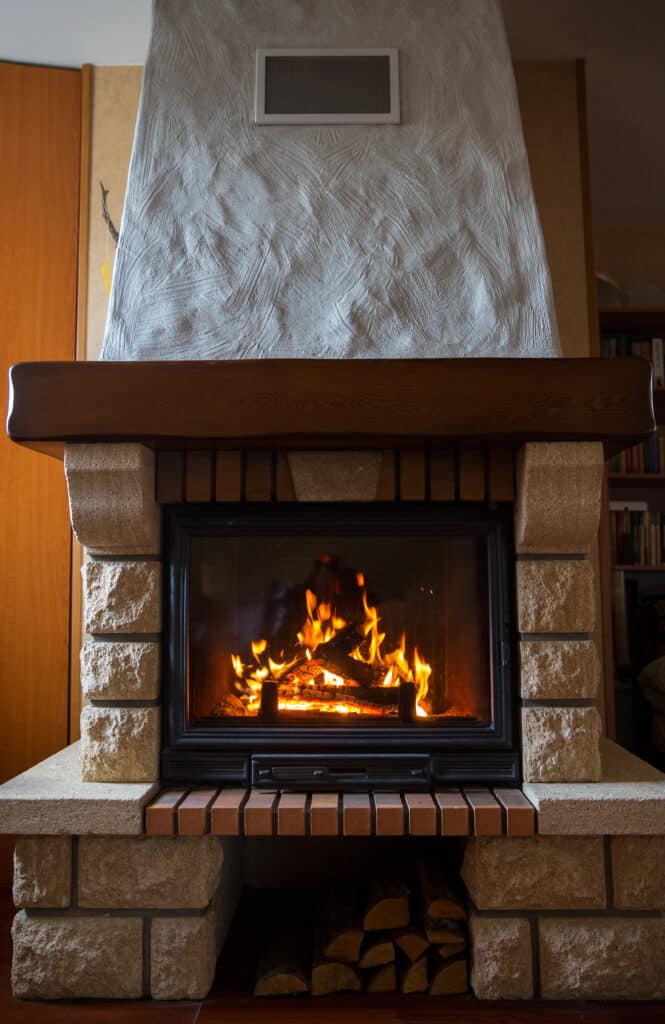
Moisture is another threat that gradually erodes chimney health. Rain, snow, and humidity can enter through the top of the flue or seep through cracks in the masonry. Water exposure weakens mortar joints, rusts metal components, and accelerates the deterioration of bricks and liners.
Chimneys without a secure cap are especially vulnerable. Even those with caps can face issues if the flashing, the material that seals the space between the chimney and roof, is loose or corroded. Issues like these often point to broader chimney flashing problems, which can compromise structural integrity if left unchecked. A simple visual inspection from the ground may miss early signs, which is why periodic evaluations from trained professionals are so valuable.
Addressing moisture problems early protects the fireplace and safeguards surrounding attic and roof areas from water damage.
Damage from Settling and Structural Stress

Homes naturally settle with age, and that movement can strain chimneys. Cracks may appear along the exterior, flue tiles may shift, or mortar may begin to crumble. Earthquakes, strong winds, and freeze-thaw cycles all contribute to wear that isn’t always visible.
Structural shifts reduce efficiency and increase fire risks by exposing combustible framing or insulation. Plus, unstable chimneys may leak gases into living spaces or collapse under pressure. Reinforcing weak points or applying protective sealants can reduce stress-related wear.
Preventive maintenance ensures that minor movement doesn’t evolve into a major repair or replacement. Masonry repairs, tuckpointing, and relining the flue are all manageable when caught early.
Cost of Deferred Maintenance
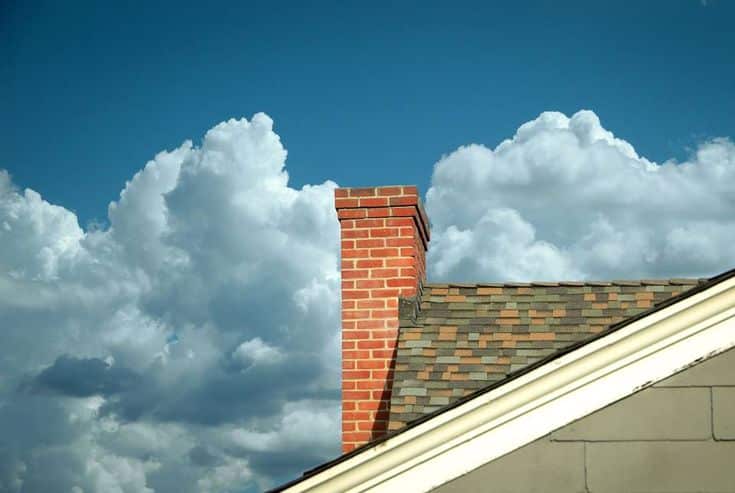
One of the most significant drawbacks of neglected chimney care is the escalating cost of repairs. What begins as a minor crack or buildup can lead to complete liner replacement, major structural rebuilds, or even roof damage. Replacing a damaged flue or reconstructing a leaning chimney often exceeds the cost of regular maintenance by thousands of dollars.
Insurance claims related to chimney fires or structural failure may be denied if poor upkeep is documented. This leaves homeowners covering extensive repairs out of pocket, which could have been avoided with annual inspections and timely cleaning.
And a neglected chimney can decrease a property’s resale value or delay home sale timelines due to safety concerns flagged during inspections. Keeping the system in good condition preserves its value and boosts buyer confidence.
How Regular Inspections Make a Difference
Industry standards recommend that chimneys be inspected at least once a year. This schedule ensures buildup, blockages, and damage are caught before they escalate. There are three levels of chimney inspection, ranging from a basic visual check to a detailed internal scan using special equipment.
Level 1 inspections focus on general condition and cleanliness. Level 2 includes deeper evaluation and is often required when selling a home or after a major weather event. Level 3 involves partial demolition and is performed when serious structural concerns arise.
Each level plays a role in extending the system’s lifespan and maintaining safe operation. Scheduling annual service appointments before the colder months ensures the system is ready when it’s most needed.

Chimney maintenance is about protecting your home, health, and peace of mind. From airflow efficiency to moisture prevention, every aspect of chimney care contributes to the performance and longevity of the fireplace system. By taking time to inspect, clean, and repair minor issues, homeowners ensure that their fireplace remains a reliable and safe centerpiece for years to come. Let proactive care keep your home warm, secure, and fire-ready.
- 0shares
- Facebook0
- Pinterest0
- Twitter0
- Reddit0








